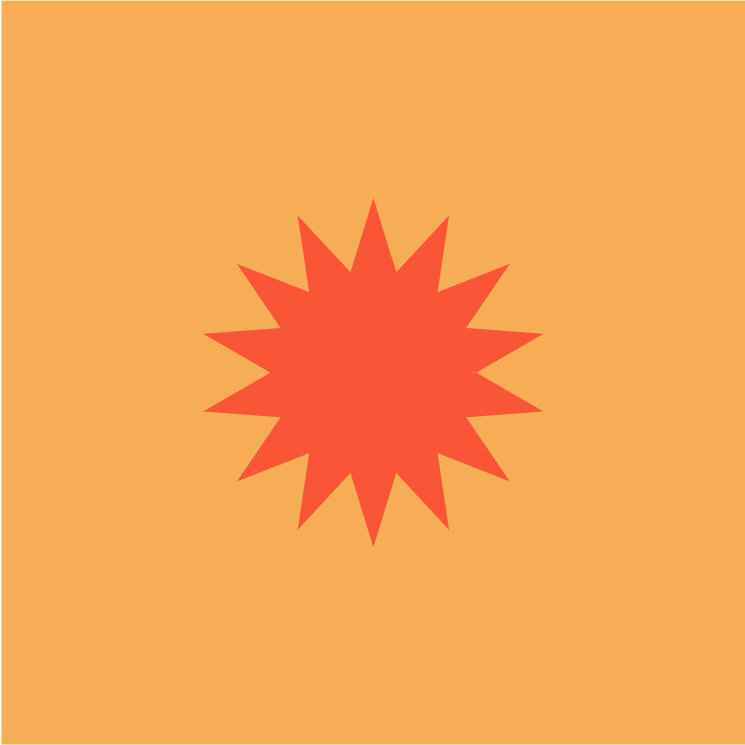ILAYA.CO navigates the intersections of collective liberation, sustainable community growth, and ancestral wellness work. We help people and organizations grow their liberation & healing toolbox so that the love they give their community mirrors the love and care for their own healing.

why ilaya?
i l a y a is a term in Tagalog that means the interior part of town. In Batangas, it can sometimes mean “north”—but in usage, this word is used relationally. It is “north of…” or “north in relationship to…”.
ILAYA.CO believes that our north should be defined by each person individually. It should reflect our own interior landscape, and be defined in relation to our own values, our community, and our collective liberation.
kim acebo arteche
I’m a healer, cultural strategist, interdisciplinary artist, and arts administrator who is committed to collaboratively creating decolonial practices within arts, cultural, and community institutions. As a healer, I support Black, Indigenous, and diasporic community and cultural workers in standing from a place of wholeness so they can live with balance, ancestral abundance, and empowerment.
With 17+ years of experience with non-profit arts & culture organizations, I have spearheaded equity initiatives with the Berkeley Art Center, Berkeley Cultural Trust, SFSU School of Art, and more. My foundational work across SOMA Pilipinas as the co-founder of Balay Kreative established programs and processes to ensure FilAm artists could live and work within the cultural district.
I have integrated my experience working in Ethnic Studies & Education, community work, facilitation, grant writing & development, strategic planning, and knowledge of healing traditions to affect change within these institutions. I lead with frameworks of community responsiveness, trauma-informed systems, and healing-centered engagement in my work establishing equity-driven, people-centered organizational culture.
I believe in the power of community collaboration as a central resource for the healing and sustainability of our society. I also believe that community, arts, and cultural spaces can be models and innovators for this work to happen.








